Lemurs’ need for trees
Across Madagascar 90% of littoral forest – that’s the forest found on the shore that has adapted to grow on the sand– has been lost due to human activities. Much of it is still under threat, mainly from slash and burn agriculture and mining projects. There are some animals which are really reluctant to come down to the ground, because of the fear of predation. This means when forest patches become isolated – so do they. Southern woolly lemurs, Anosy mouse lemurs and Thomas’ dwarf lemurs are three such animals. They’re afraid to leave the safety of the remaining trees in the landscape and risk crossing open cleared areas of land.
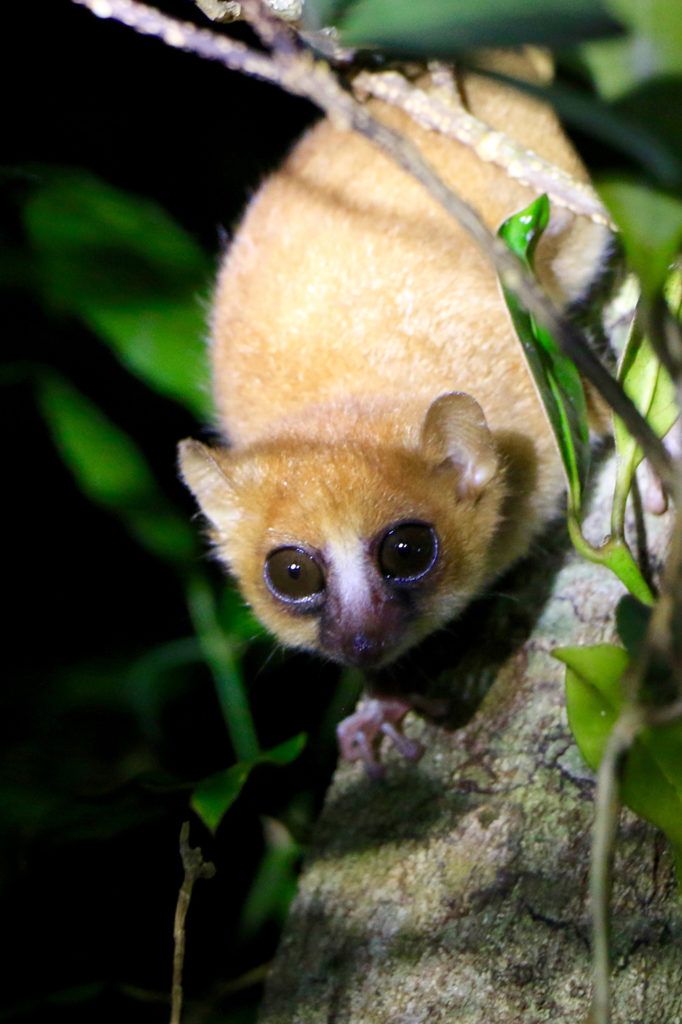
Anosy mouse lemur 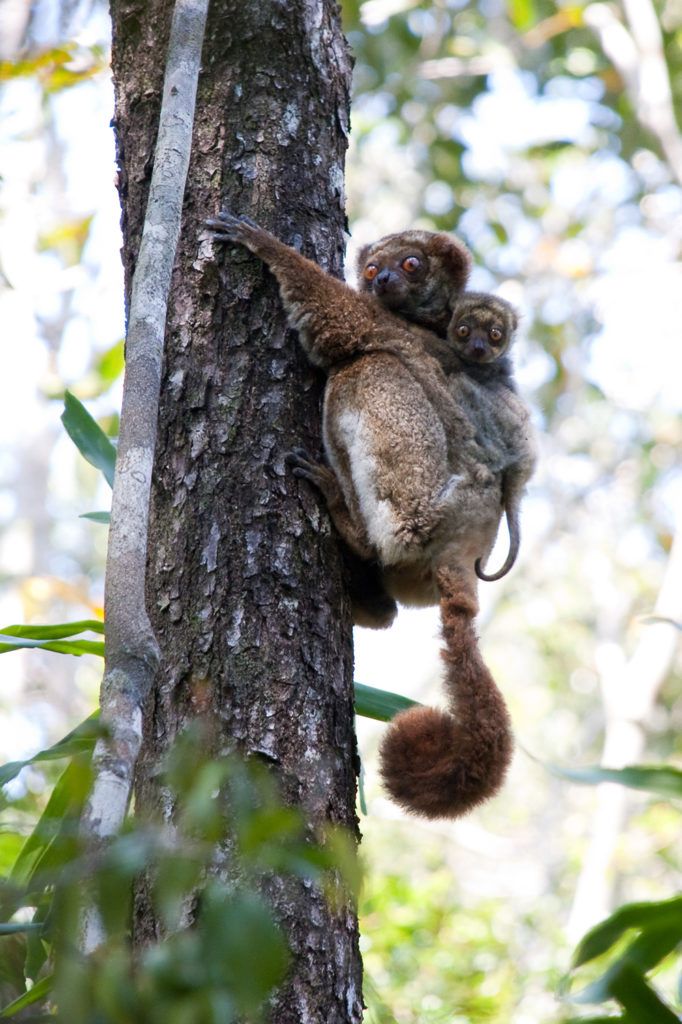
Southern woolley lemur 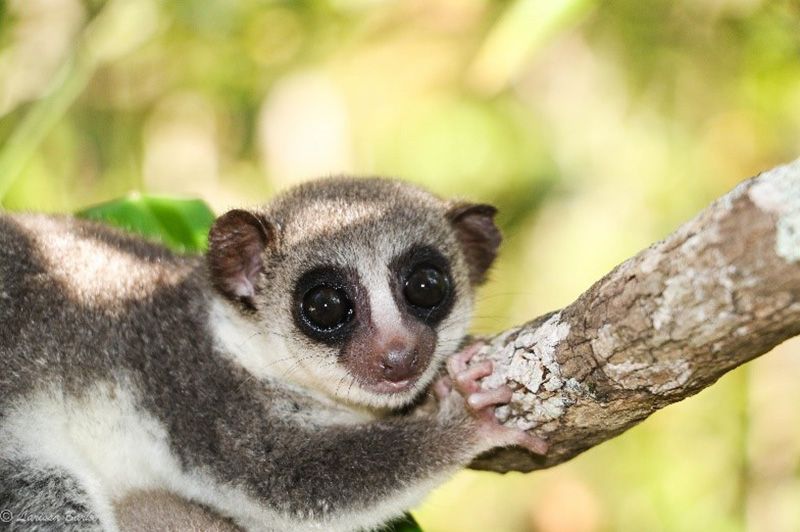
Thomas’ dwarf lemur
Luckily, our team of conservationists at SEED Madagascar are working on a very practical solution. They’ve identified five forest patches that they can plant corridors between. This will provide more habitat not just for the lemurs but for many other endemic flora and fauna – that’s species which aren’t found anywhere else in the world.
Grown from SEED
Firstly, the team has been renovating a seedling nursery. All the plants needed to plant up the corridors must to be grown from seed. The sun is overwhelmingly fierce in Madagascar, so the Nursery Manager assessed the nursery units, which protect the seedlings, and ensured they are orientated to give the plants the most shade from the midday sun.
The team, along with local guides, have also been busily collecting 20,000 Acacia mangium seeds and 5,000 other seeds of 17 different native species. The Acacia grows really quickly which means the corridors can be established now. Acacia also fixes nitrogen into the soil and has a high survival rate. So growing this species first makes the environmental conditions more favourable for planting native species. Then native species are added to increase diversity.
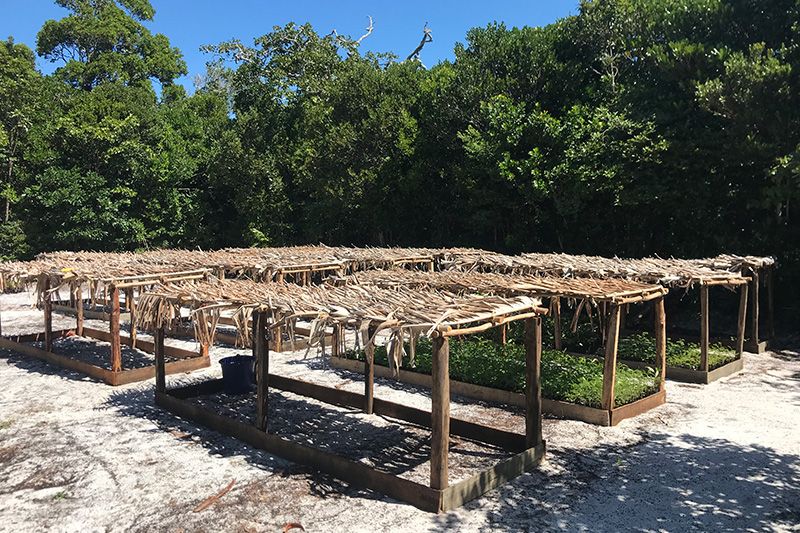
Seedling nursery 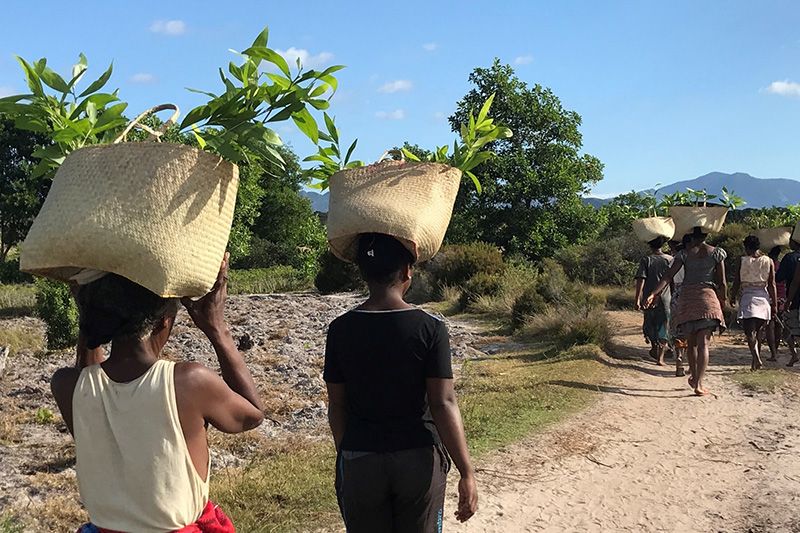
Once the Acacia seedlings have grown sufficiently, they are taken from the nursery and planted in the corridors
Whilst the saplings have been tended and watered, the team has also been busy establishing which parcels of land the corridors will be planted on. Landowners need to be identified, contracts drawn up and compensation paid. Some of the original areas that the team identified as suitable have had to be abandoned since the landowners didn’t want to take part in the project.
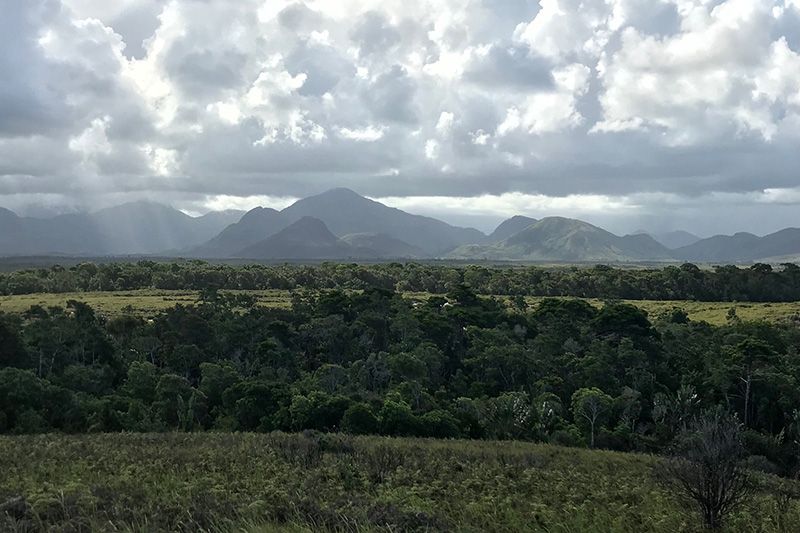
Fragmented landscape
However this was just a minor setback. The team has since identified other locations and negotiated agreements. We’re delighted that 1,272 acacia seedlings have now been planted across three corridors. As the team continues to identify new areas of land for further corridors, these first two will be carefully monitored. The seedlings will be monitored to assess how well they survive and invertebrate and botanical surveys will begin to evaluate how the corridor is growing and establishing. We’ll report more shortly.
Learn more about this project:
